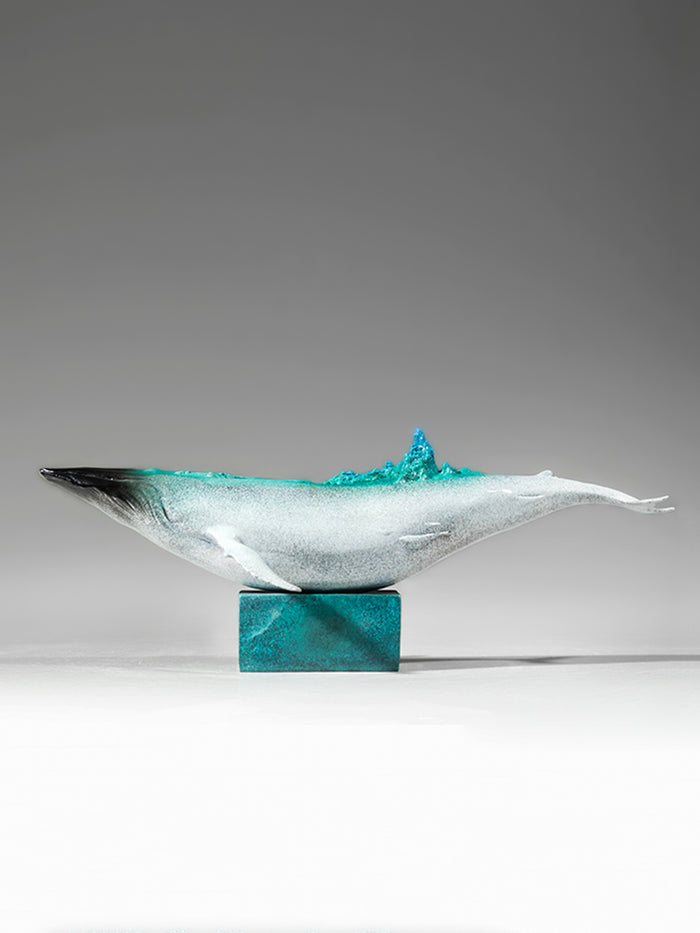
# Chinese Traditional Handicrafts: A Journey Through Time and Artistry
Chinese Traditional Handicrafts: A Journey Through Time and Artistry
For thousands of years, Chinese crafts have represented the pinnacle of artistic expression and cultural heritage. These traditional handicrafts embody the wisdom, creativity, and spiritual essence of Chinese civilization, passed down through generations of skilled artisans.
The Timeless Beauty of Chinese Handicrafts
Chinese traditional handicrafts showcase an extraordinary range of materials and techniques, each with its own regional characteristics and historical significance. From delicate porcelain to intricate embroidery, these crafts tell stories of dynasties past and present.
1. Porcelain: The White Gold of China
Keyword: Chinese crafts
Chinese porcelain, particularly from Jingdezhen, represents one of the most famous contributions to world art. The delicate blue-and-white patterns and flawless glazing techniques developed during the Song and Ming dynasties continue to inspire awe today.
2. Silk Embroidery: Threads of Royalty
With origins dating back over 2,000 years, Chinese silk embroidery developed into four major regional styles: Su, Xiang, Yue, and Shu. Each style features unique stitching techniques that create breathtakingly realistic images on silk fabric.
3. Cloisonné: The Art of Enamel
This intricate metalworking technique involves creating designs with copper wires and filling them with colored enamel pastes. The vibrant colors and detailed patterns make cloisonné one of China’s most recognizable art forms.
The Cultural Significance of Chinese Crafts
Beyond their aesthetic value, traditional Chinese handicrafts serve as:
- Cultural ambassadors representing Chinese heritage worldwide
- Living connections to ancient philosophical concepts
- Expressions of regional identities and local materials
- Symbols of status and refinement throughout history
Preserving the Legacy
In modern China, efforts to preserve these traditional crafts include:
Government recognition of intangible cultural heritage
Apprenticeship programs for young artisans
Contemporary adaptations for modern markets
Museum exhibitions and cultural festivals
As we admire these magnificent creations, we participate in keeping alive a tradition that has shaped Chinese identity for millennia. Each piece represents not just technical mastery, but the enduring spirit of Chinese culture itself.